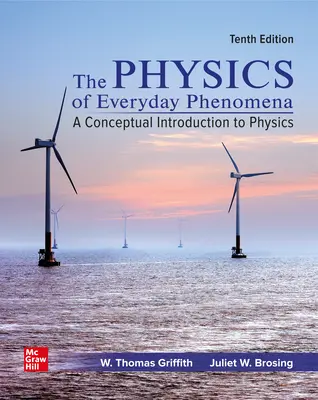

The first law, sometimes called the law of orbits, states that planets orbit the sun elliptically. Kepler's three laws of planetary motion - formed in the early 17th century - describe how planets orbit the sun. But it would take Johannes Kepler, building on work performed by Tyco Brahe and others, to establish a clear scientific foundation for the planets' movements. In the 16th century, Copernicus put forth his controversial concept of a heliocentric solar system, in which the planets revolved around the sun - not Earth. Kepler's law of areas © 2018 HowStuffWorksįor centuries, scientists battled with one another and with religious leaders about the planets' orbits, especially about whether they orbited our sun.


Collaborating with Princeton researcher Robert Dicke, the pair confirmed Dicke's hypothesis that the original big bang left behind low-level radiation detectable throughout the universe. Using radio telescopes, the two astronomers detected cosmic noise, or static, that didn't dissipate over time. The theory of the big bang gained widespread support in the scientific community after Arno Penzias and Robert Wilson discovered cosmic microwave background radiation in 1965. That original movement continues today, as the universe keeps expanding outward. At the time, the universe was confined to a single point, encompassing all of the universe's matter. Based on research performed by Edwin Hubble, Georges Lemaitre and Albert Einstein, among others, the big bang theory postulates that the universe began almost 14 billion years ago with a massive expansion event. Berlin Heidelberg New-York: Springer-Verlag.If you're going to know one scientific theory, make it the one that explains how the universe arrived at its present state. An Open Systems Approach to Quantum Optics. "A new wave equation for a continuous non-demolition measurement". "On unitary evolution and collapse in quantum mechanics". "Decoherence, the measurement problem, and interpretations of quantum mechanics". ^ B.D'Espagnat, P.Eberhard, W.Schommers, F.Selleri.Quantum Mechanics: Non-Relativistic Theory. | v x ′ − v x | Δ p x ≈ ℏ / Δ t, : CS1 maint: location ( link)). A formula (one-dimensional for simplicity) relating involved quantities, due to Niels Bohr (1928) is given by In particular, a measurement of momentum is non-repeatable in short intervals of time. It is also necessary to distinguish clearly between the measured value of a quantity and the value resulting from the measurement process. It is possible for other, less direct means of measurement to affect the electron. Particle physics Īn electron is detected upon interaction with a photon this interaction will inevitably alter the velocity and momentum of that electron. However, the need for the "observer" to be conscious (versus merely existent, as in a unicellular microorganism) is not supported by scientific research, and has been pointed out as a misconception rooted in a poor understanding of the quantum wave function ψ and the quantum measurement process. Despite the "observer effect" in the double-slit experiment being caused by the presence of an electronic detector, the experiment's results have been interpreted by some to suggest that a conscious mind can directly affect reality. Physicists have found that observation of quantum phenomena by a detector or an instrument can change the measured results of this experiment. This effect can be found in many domains of physics, but can usually be reduced to insignificance by using different instruments or observation techniques.Ī notable example of the observer effect occurs in quantum mechanics, as demonstrated by the double-slit experiment. While the effects of observation are often negligible, the object still experiences a change (leading to the Schrödinger's cat thought experiment). Similarly, seeing non-luminous objects requires light hitting the object to cause it to reflect that light.

A common example is checking the pressure in an automobile tire, which causes some of the air to escape, thereby changing the pressure to observe it. This is often the result of utilizing instruments that, by necessity, alter the state of what they measure in some manner. In physics, the observer effect is the disturbance of an observed system by the act of observation.


 0 kommentar(er)
0 kommentar(er)
